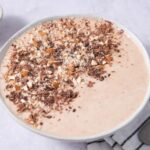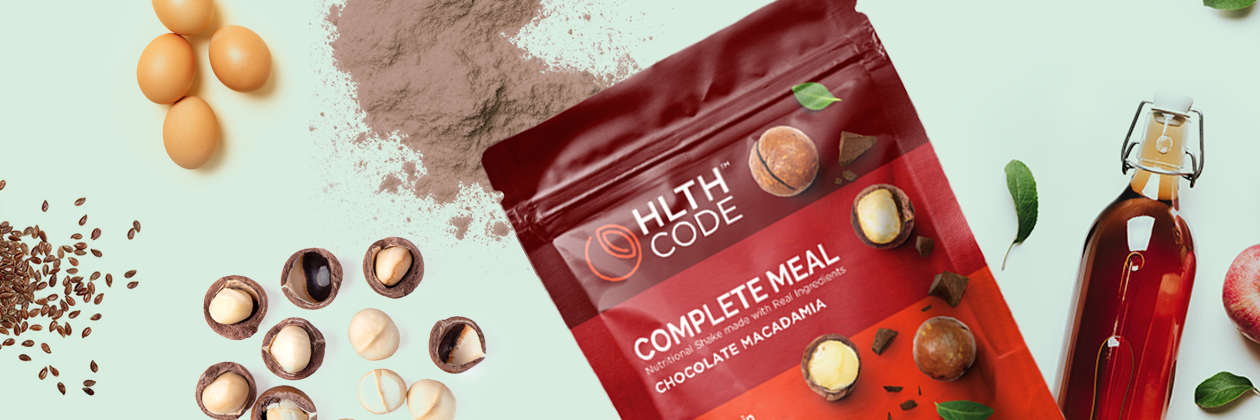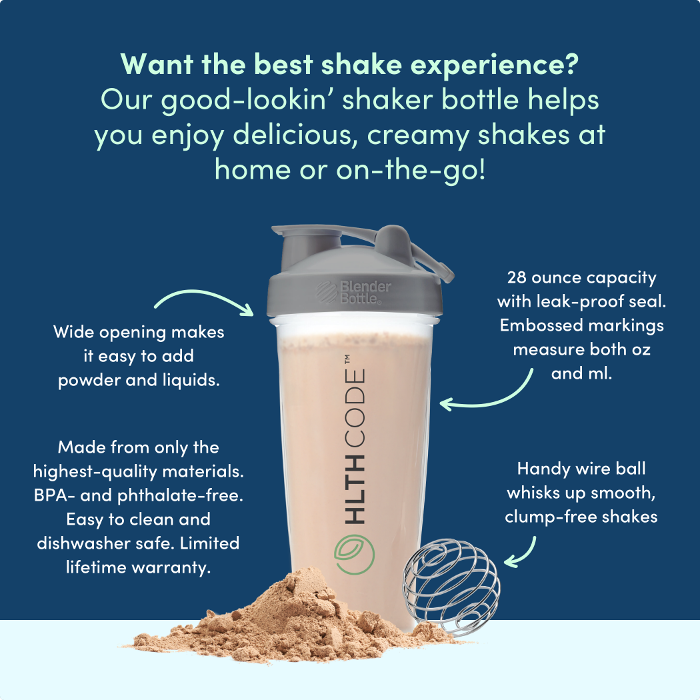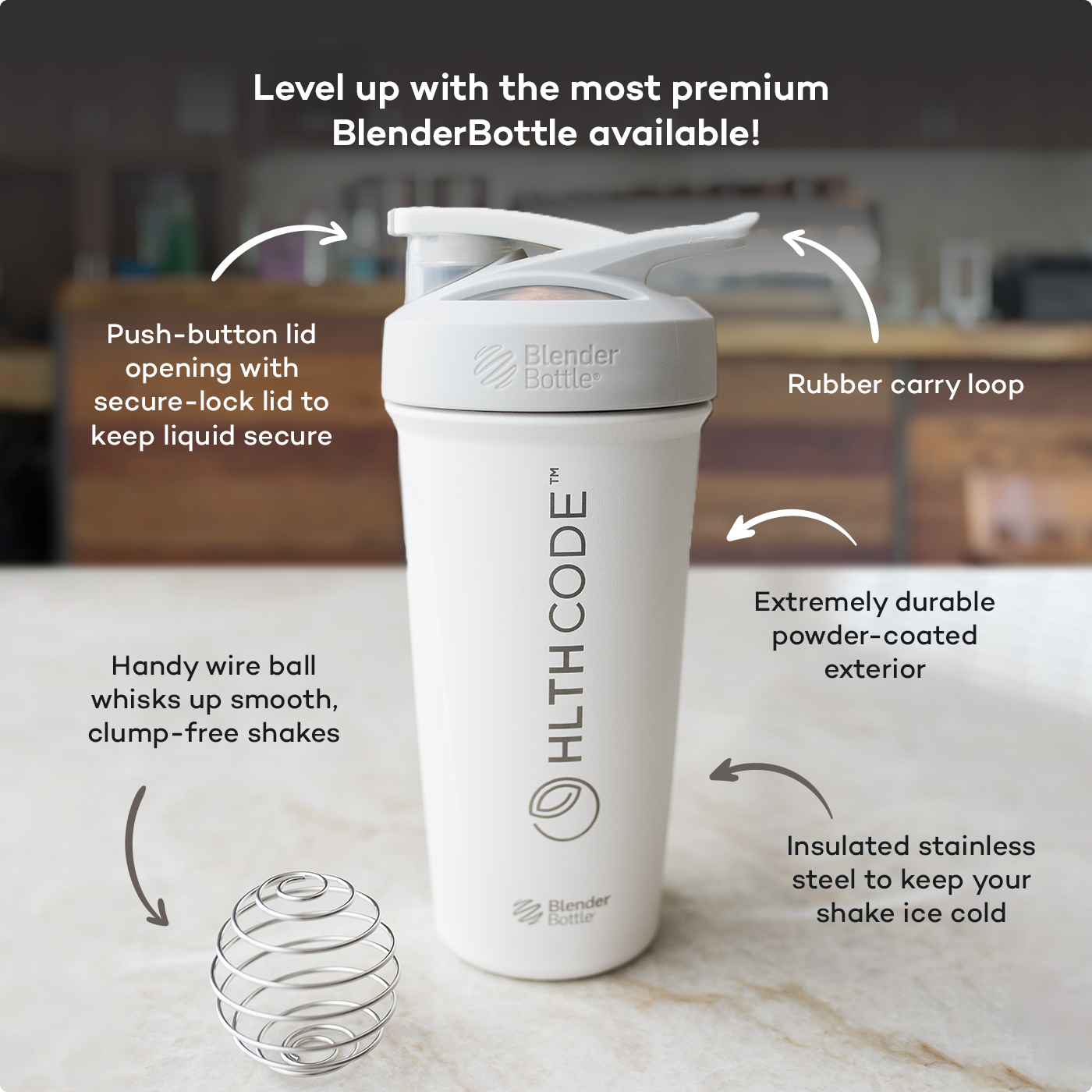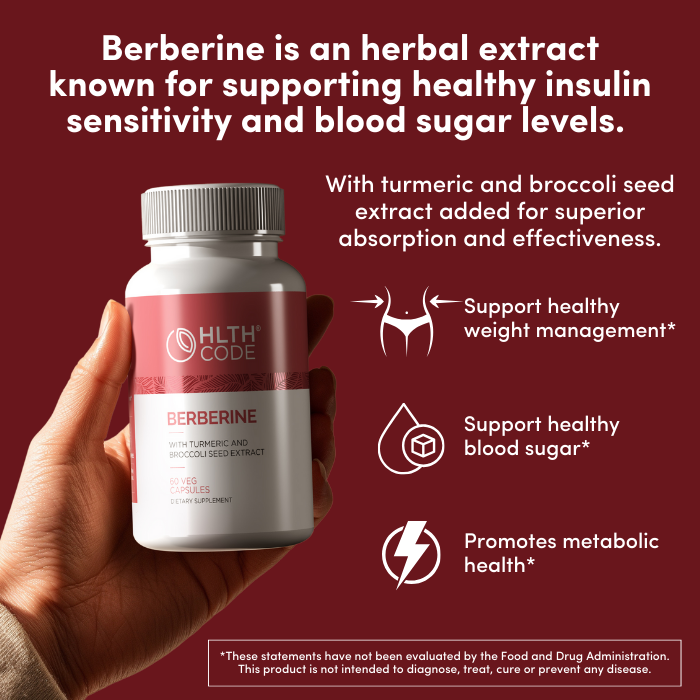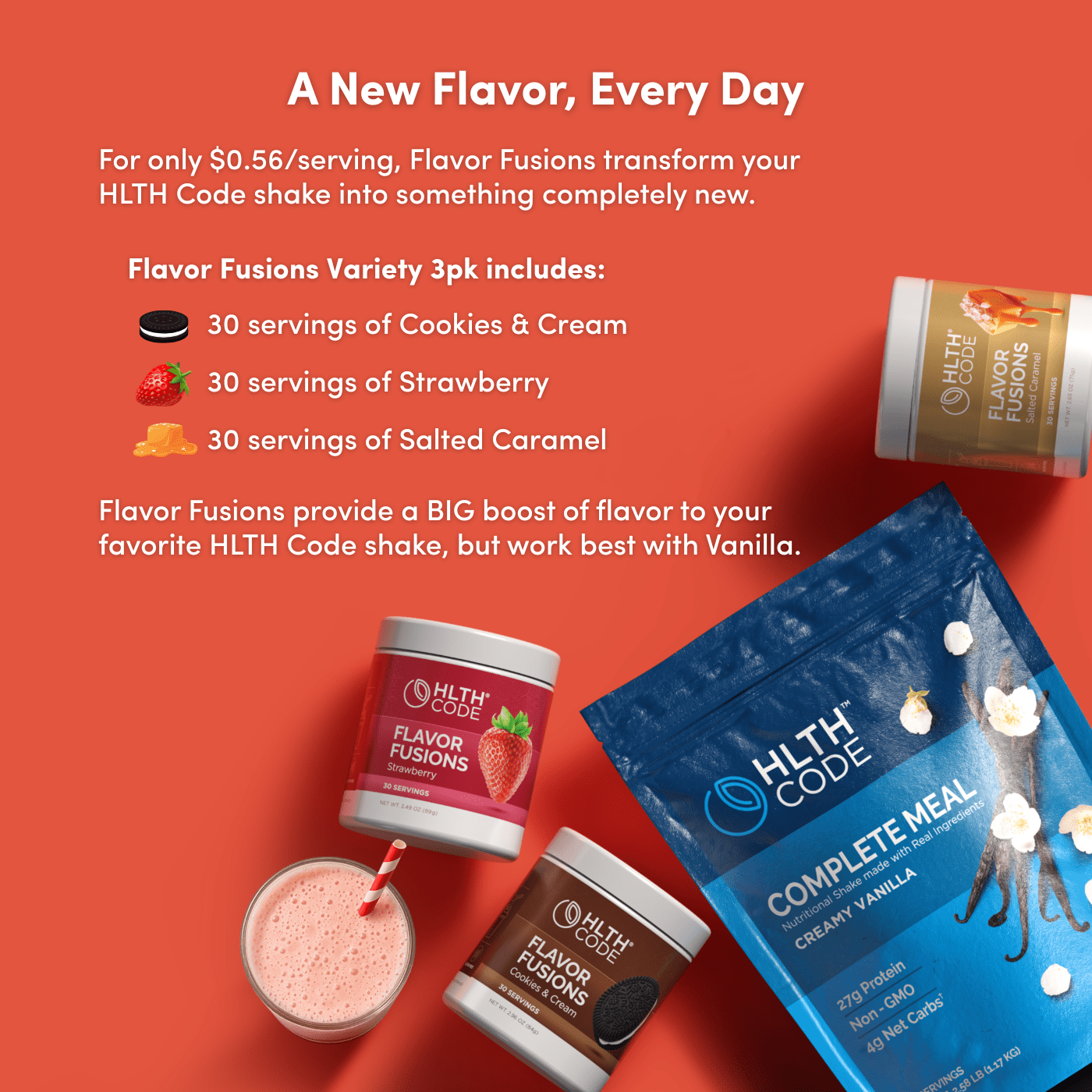How personal care products harm your health

It seems like such a minor indulgence—a simple spray of your favorite perfume or cologne each morning. But scientists and researchers have begun sounding the alarm over a group of chemicals used in many personal care products: phthalates.
What Are Phthalates?
Phthalates are a group of chemical compounds widely used as solvents in personal care products. They are also plasticizers—substances added to plastics to increase their flexibility, transparency, and durability.
Common Uses of Phthalates:
- Personal Care Products: Present in perfume, cologne and other fragrances, lotions, shampoos, and nail polishes.
- Household Products: Included in cleaning agents, air fresheners, and paints.
- Medical Devices: Used in IV tubing and other flexible plastic medical equipment.
- Plastics: Found in polyvinyl chloride (PVC) products such as food packaging, plastic wraps, and toys.
- Food: Contamination often occurs through packaging materials, processing equipment, and storage containers.
How Prevalent Are Phthalates in Our Environment?
Phthalates are nearly impossible to avoid due to their widespread use in personal care products and consumer goods. According to the Centers for Disease Control and Prevention (CDC), phthalates are detectable in the urine of most Americans, reflecting their pervasive nature [1].
They are found throughout consumer goods and personal care products. Frequent use of personal care products containing phthalates can lead to direct absorption through the skin. Phthalates are also common in indoor air and dust arising from household products that can leach into the air and settle as dust particles.
The Link Between Phthalates and Insulin Resistance
Phthalates belong to a class of chemicals known as endocrine disruptors, which interfere with hormonal signaling. Insulin, a hormone crucial for regulating blood sugar levels, is particularly susceptible to disruption by these chemicals.
Mechanisms by Which Phthalates Promote Insulin Resistance:
- Disruption of Hormonal Balance: Phthalates mimic or block hormone receptors, interfering with insulin signaling pathways [2].
- Inflammation: Exposure to phthalates triggers systemic inflammation, a key driver of insulin resistance [3].
- Oxidative Stress: Phthalates increase oxidative stress, impairing cellular function and insulin sensitivity [4].
- Adipogenesis: They promote the formation of fat cells, leading to obesity, a major risk factor for insulin resistance [5].
Research Evidence:
- A 2021 meta-analysis published in Environmental Research found a strong association between phthalate exposure and elevated fasting blood glucose levels, a hallmark of insulin resistance [6].
- A study in Diabetes Care reported that higher urinary concentrations of certain phthalate metabolites correlated with increased insulin resistance in adults [7].
Health Impacts Beyond Insulin Resistance
While insulin resistance is a significant concern, phthalates are linked to several other health issues, including:
- Reproductive Health: Impaired fertility and hormonal imbalances.
- Neurodevelopmental Disorders: Increased risk of developmental delays and ADHD in children exposed in utero [8].
- Cardiovascular Health: Elevated risk of hypertension and cardiovascular disease.
- Cancer: Potential links to breast and testicular cancer due to hormonal disruption.
Reducing Exposure to Phthalates
Though eliminating all exposure is unrealistic, there are practical steps to minimize contact with these harmful chemicals.
- Ventilate Your Home: Reduce indoor air contamination by improving ventilation.
- Clean Regularly: Use a HEPA filter vacuum to remove phthalate-laden dust.
- Switch to Natural Products: Choose phthalate-free cleaning and personal care products.
- Read Labels: Avoid products listing “fragrance” or “parfum”—common hiding spots for phthalates.
- Check for Certifications: Look for “phthalate-free” or similar labels on consumer goods.
Offsetting Damage from Phthalate Exposure
While prevention is key, certain steps can help mitigate the health effects of previous exposure.
- Support Detoxification Pathways:
- Increase Antioxidants: Foods rich in antioxidants, such as berries, leafy greens, and nuts, can combat oxidative stress caused by phthalates [9].
- Enhance Liver Function: Nutrients like glutathione, found in broccoli and avocados, support liver detoxification.
- Boost Insulin Sensitivity:
- Exercise Regularly: Physical activity improves glucose uptake and reduces insulin resistance.
- Adopt an Anti-Inflammatory Diet: Include omega-3 fatty acids and turmeric, and coconut oil, which reduce inflammation [10].
- Consider Supplements:
- Vitamin D: Low levels are linked to increased susceptibility to endocrine disruptors [11].
- Probiotics: Support gut health, which can be compromised by phthalates.
- Monitor and Test:
- Regularly check blood sugar levels and consult a healthcare professional to assess potential chemical burdens.
Conclusion
Phthalates, pervasive in modern life, are a hidden driver of insulin resistance and other health challenges. By understanding their sources, mechanisms of harm, and ways to reduce exposure, individuals can take proactive steps toward better health. Combining preventative measures with strategies to offset past exposure offers a comprehensive approach to mitigating the risks posed by these chemicals.
References
- CDC. “Fourth National Report on Human Exposure to Environmental Chemicals.” 2019.
- Heindel, J. J., et al. “Endocrine Disruptors and Obesity.” Nature Reviews Endocrinology, 2017.
- Lind, P. M., et al. “Exposure to Phthalates and Metabolic Disorders.” Environmental Health Perspectives, 2012.
- Cho, Y. H., et al. “Urinary Phthalate Metabolites and Oxidative Stress in Children.” Science of the Total Environment, 2015.
- Hatch, E. E., et al. “Association of Urinary Phthalate Metabolites with Obesity.” Environmental Health Perspectives, 2008.
- Kim, J. H., et al. “Phthalates and Insulin Resistance: A Meta-Analysis.” Environmental Research, 2021.
- Trasande, L., et al. “Urinary Phthalates and Insulin Resistance in Adolescents.” Diabetes Care, 2013.
- Braun, J. M., et al. “Prenatal Phthalate Exposure and Child Neurodevelopment.” Environmental Research, 2017.
- Ferguson, K. K., et al. “Detoxification of Phthalates in Humans.” Journal of Endocrinology, 2018.
- Intahphuak S, Khonsung P, Panthong A. Anti-inflammatory, analgesic, and antipyretic activities of virgin coconut oil. Pharm Biol. 2010;48(2):151-157.
- Li, Y., et al. “Vitamin D Deficiency and Endocrine Disruptor Exposure.” Journal of Steroid Biochemistry and Molecular Biology, 2020.
This article is for informational and educational purposes only. It is not, nor is it intended to be substitute for professional medical advice, diagnosis, or treatment and should never be relied upon for specific medical advice.












